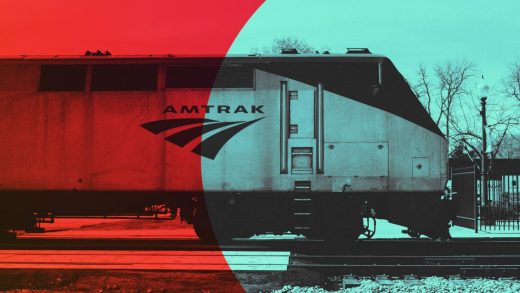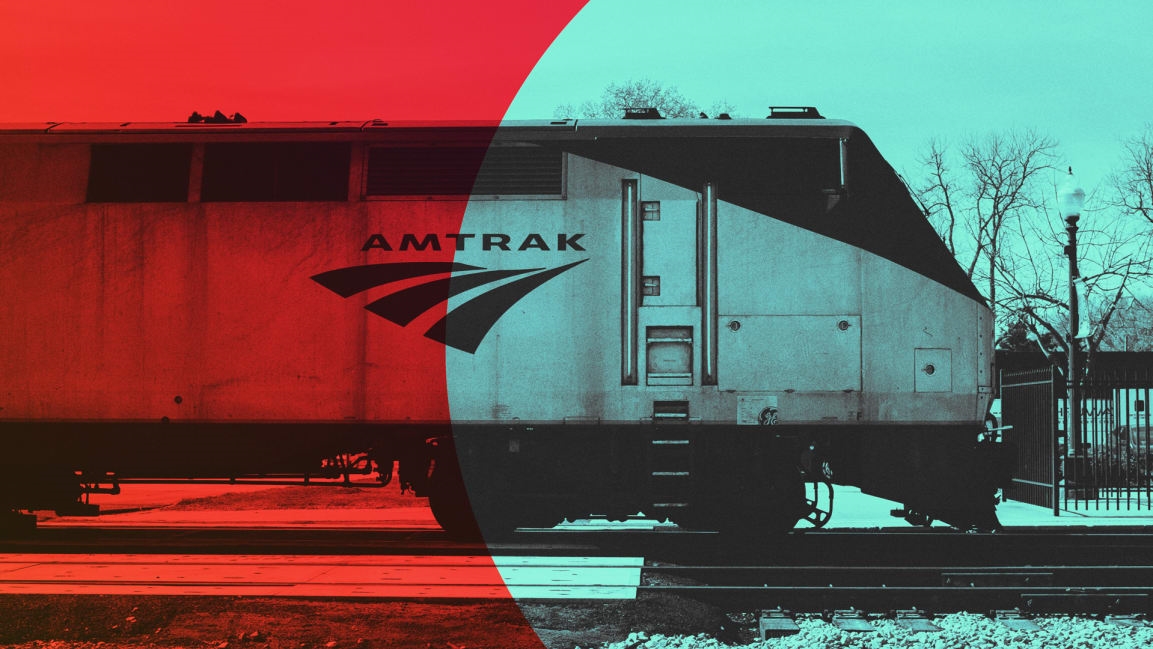Amtrak says it needs another government bailout as it warns of cuts in service
Amtrak wants close to $1.5 billion in bailout money from the federal government—several weeks after it received $1 billion.
The rail company made the request for $1.475 billion to Congress in a letter dated (June 02, 2020).
The COVID-19 pandemic has dramatically reduced the number of people taking intercity trains. Ridership went from more than 32 million passengers in 2019 and strong numbers in the first quarter of fiscal year 2020 down to a forecast 16 million in fiscal year 2021, wrote Amtrak CEO and president William Flynn. Demand is approximately 5% of what it normally is, and with fears of traveling in a train during the next 6 to 12 months (even with social distancing in train cars), the growing number of telecommuters, and decreased discretionary income, things won’t get back to normal any time soon.
Amtrak’s fiscal year begins October 1.
Flynn, who took over Amtrak’s top job in April, is projecting a 50% drop in revenue for fiscal year 2021.
“In February of this year, as Amtrak was on track to have its first break-even year in the company’s history, Amtrak transmitted its annual grant request to Congress and asked for $2.040 billion for the Northeast Corridor (NEC) and National Network. This request was based on our projected needs before COVID-19 compared to our original projections for the year,” he said in the letter addressed to Vice President Mike Pence in his capacity as president of the Senate and to House Speaker Nancy Pelosi.
The railroad network warned that it will have to cut routes, including Acela runs along the popular Northeast Corridor; the number of trains running; and employees on both the labor and management sides.
The $1 billion announced by the U.S. Department of Transportation on April 10 came from the Coronavirus Aid, Relief, and Economic Security (CARES) Act.
Congress created Amtrak, and national operations launched the following year, according to the railway’s website. Its 21,400-plus miles of routes stretch to 46 states; Washington, D.C.; and three Canadian provinces.
(8)



